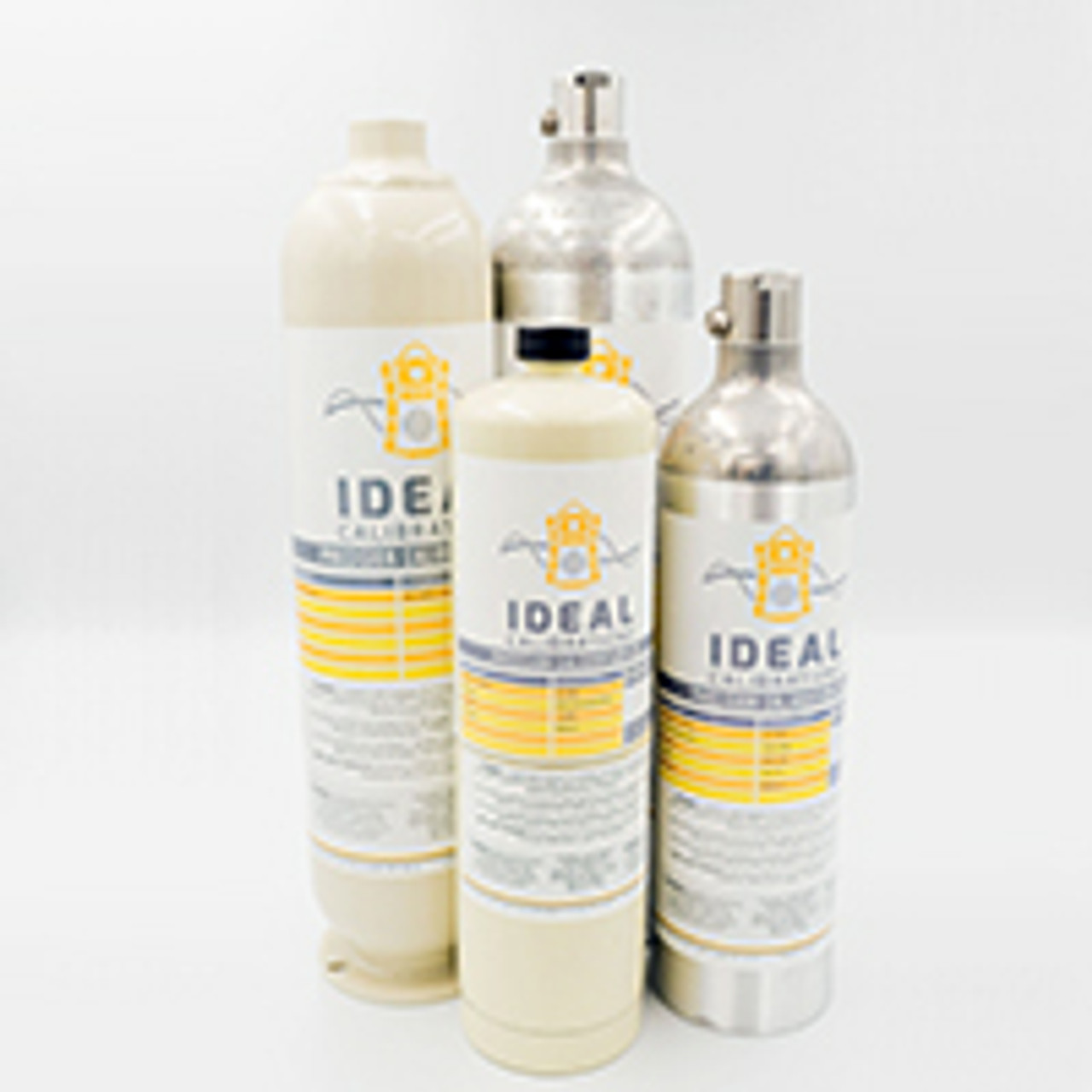Calibration Gas Cylinders
Custom blends are available by request. Many 4-gas blends are in stock and ready to ship. Commonly sold cylinders ship 1-2 days after ordering, but exotics and multi-component blends may take 1-2 weeks. Please contact us to send requests for mixes you can't find or if you'd like our assistance choosing the right gas blend or if you're concerned about an order reaching you in time. You can use the Add to Quote button to submit a request quickly and easily. We usually respond the same or next day. Feel free to reach out through chat (click the bubble) or by text/call (734-956-0539) if you need an answer quickly.
Custom Calibration Gas Blends, 4-Gas, How to Check Stock
Calibration gas (AKA calgas) is used to ensure that your gas detection equipment is accurately measuring the presence of hazardous gases and compounds in your work environment. Accurate calibration is essential to ensure that your equipment is functioning properly and that your employees are protected from potential dangers. Our calgas cylinders are formulated and tested to provide precise mixtures and concentrations of gases, ensuring accurate calibration and reliable performance of your gas detection equipment.
To find the gas you're looking for, please use the filters for Gas Detector Model on the sidebar.

